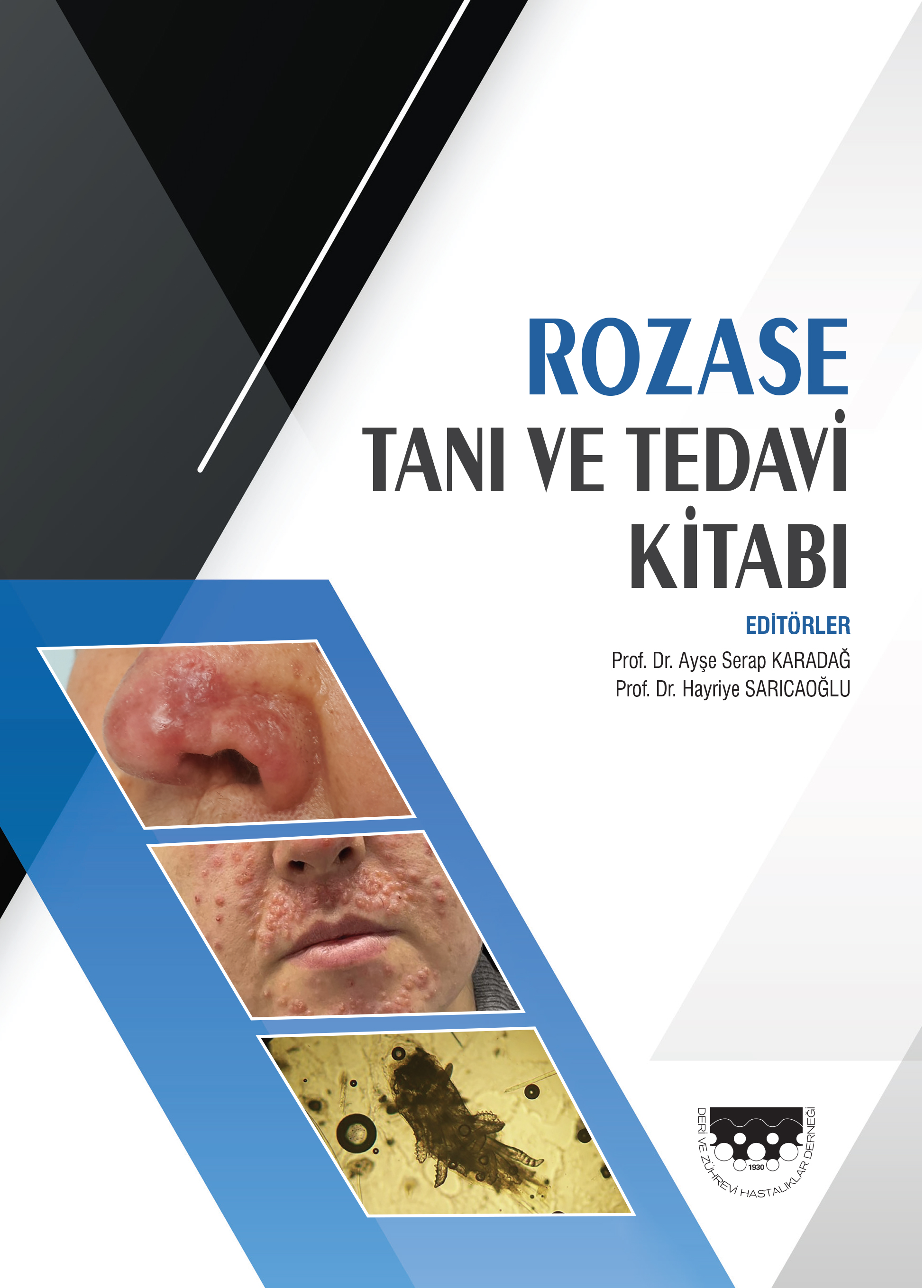How to perform Mohs micrographic surgery?
Gonca ElçinHacettepe Üniversitesi Tıp Fakültesi Deri ve Zührevi Hastalıklar Anabilim Dalı, Ankara, TürkiyeA considerable number of dermatolologist in Turkey perform standard surgical excision of non-melanoma skin cancer and repair the defects functionally and cosmetically. It is possible to appropriately treat most basal cell carcinomas (BCCs) and squamous cell carcinomas (SCCs) with standard excision and even with curettage and electrodessication. However, for a group of patients at high risk of recurrence, standard excision cannot provide the desired oncologic cure rates. In order to increase the possibility of oncologic cure, it is recommended that high risk BCCs and SCCs should be excised with larger than 4-6 mm safety margins. On the other hand the most common localization for BCCs and SCCs are the face, and using safety margins larger than 4-6 mm on the face might contradict with the principles of tissue-preserving surgical approach. A more unfavorable situation is that the oncologic cure rates remain below 80% for high-risk BCC and SCC even after standard excisions with safety margins of wider than 4-6 mm. The goal of Mohs micrographic surgery is complete tumor removal with maximum preservation of healthy tissue.. Mohs micrographic surgery is a staged surgery that enables 100% assessment of the entire lateral and deep surgical margins microscopically in minutes after excision with horizontally cut frozen sections for residual cancer. Thus, it increases the oncologic cure rate especially for a certain group of patients with high-risk BCC and SCC. The aim of this paper was to review the Mohs technique, the most thorough method for treating BCC and SCC.
Keywords: Mohs surgery, basal cell carcinoma, squamous cell carcinoma, dermatologic surgical procedures, skin neoplasmsMohs mikrografik cerrahisi nasıl uygulanır?
Gonca ElçinHacettepe Üniversitesi Tıp Fakültesi Deri ve Zührevi Hastalıklar Anabilim Dalı, Ankara, TürkiyeÜlkemizde melanom dışı deri kanserlerinin standart eksizyonunu ve oluşan defektin fonksiyonel ve kozmetik onarımını yapan azımsanmayacak sayıda dermatolog bulunmaktadır. Standart eksizyon, hatta küretaj ve elektrodesikkasyon yöntemleri ile çoğu bazal hücreli karsinom (BHK) veya skuamöz hücreli karsinom (SHK) uygun şekilde tedavi edilebilir. Rekürrens açısından yüksek risk taşıyan bir grup hastada ise standart eksizyon istenilen onkolojik kür oranlarını sağlayamamaktadır. Onkolojik kür ihtimalini artırmak için yüksek riskli BHK ve SHKnın standart eksizyonunun 4-6 mmden daha geniş güvenlik sınırlarıyla yapılması önerilmektedir. Buna karşılık BHK ve SHK sıklıkla yüze yerleşmektedir ve bu alana yerleşen
tümörlerin 4-6 mmden daha geniş güvenlik sınırları ile eksizyonu organ koruyucu cerrahi yaklaşıma ters düşebilmektedir. Daha da kötüsü standart eksizyonla 4-6 mmden daha geniş güvenlik sınırları kullanıldığında bile yüksek riskli BHK ve SHKda elde edilen onkolojik kür oranları %80ler civarında olmaktadır. Mohs mikrografik cerrahisinin amacı deri kanserlerinde onkolojik kürü sağlamaktır. Mohs mikrografik cerrahisi eksizyonu takiben dakikalar içinde dokunun dondurulduğu ve horizontal frozen kesitler alınarak mikroskop kontrolünde tüm yan ve derin cerrahi sınırların %100ünün rezidü tümör açısından tarandığı, kademeli bir cerrahi yöntemdir ve yüksek riskli BHK veya SHKsı olan seçilmiş hasta grubunda onkolojik kür ihtimalini yükseltmektedir. Bu derleme Mohs mikrografik cerrahisinin nasıl uygulanacağını detaylı olarak anlatmak üzere kaleme alınmıştır.
Manuscript Language: Turkish























